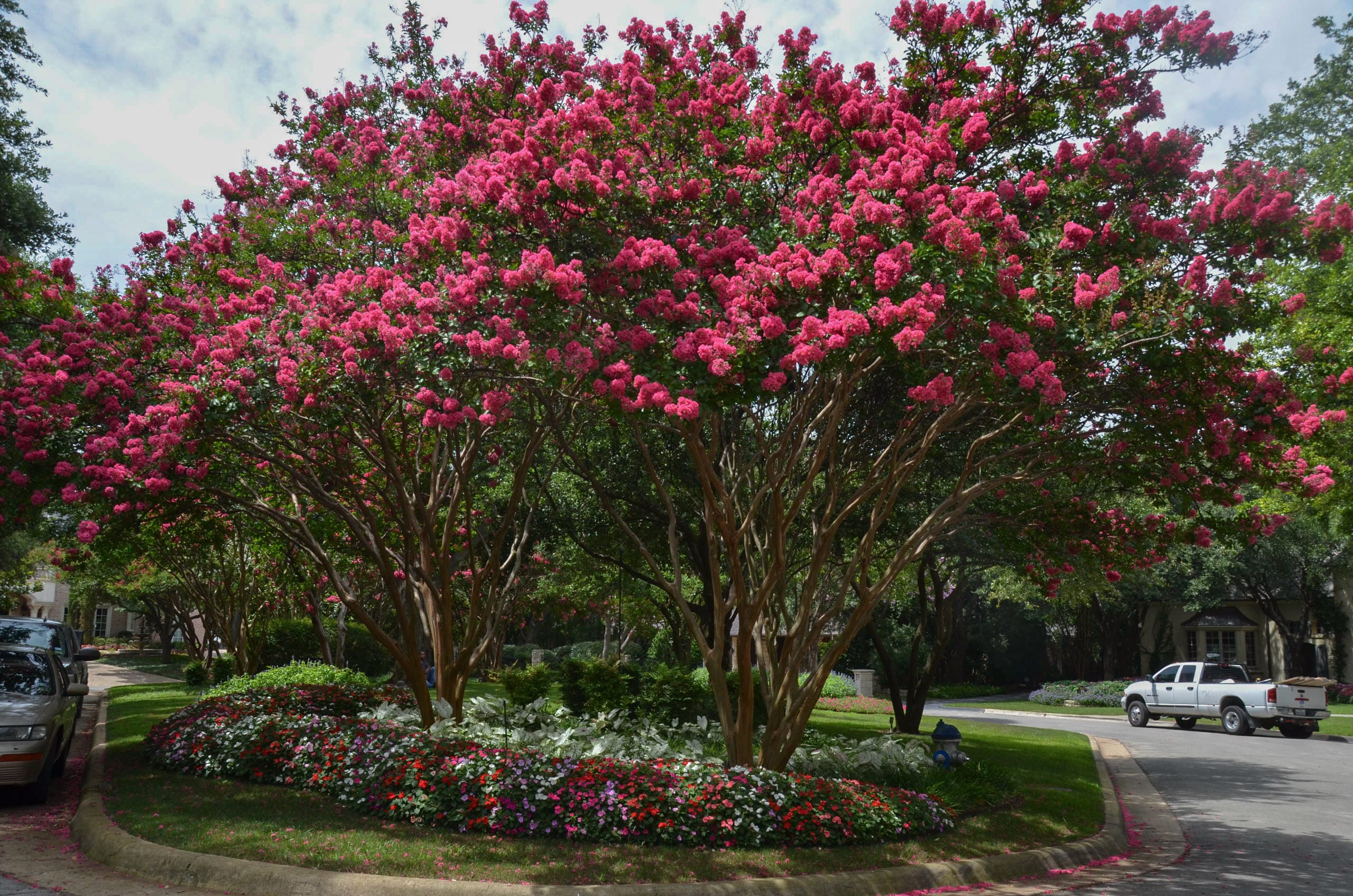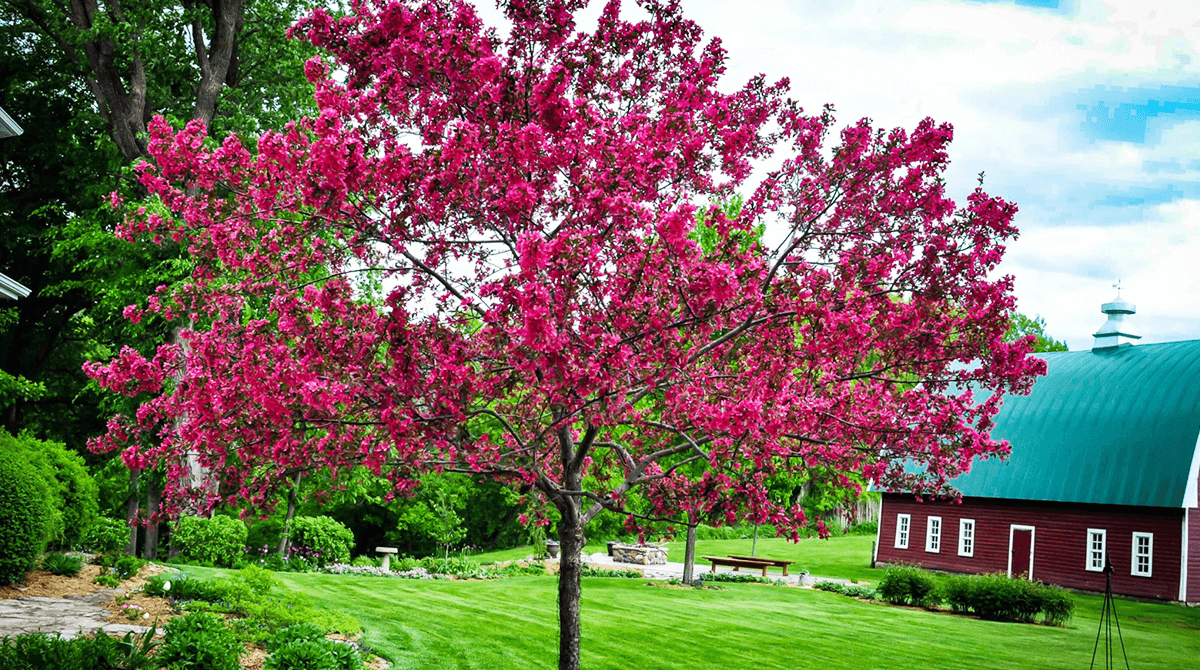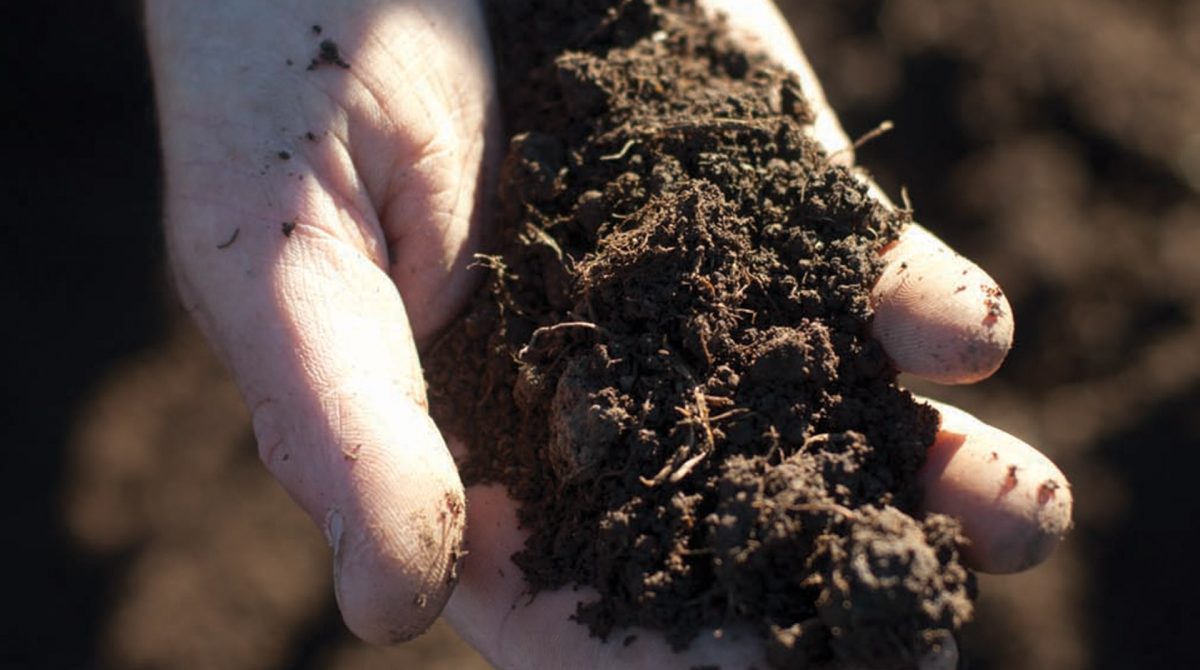
How to Grow Crepe Myrtle from a Cutting
Date May 10, 2022
Category
If you’re looking for a fast-growing flowering tree that can add beautiful color to your property, look no further than the classic crepe myrtle. This versatile plant can be grown from just a cutting, making it a very quick and affordable option for just about anyone! In today’s blog post, we’ve gathered our favorite tips and methods for growing crepe myrtle from cuttings.
What Is Plant Propagation?
Funny word, right? Well, it’s the textbook term for the process of growing a new plant from a secondary source like seeds or leaf rooting or, you guessed it, cuttings! For crepe myrtle trees, the overall best time to propagate those cuttings ranges from the early summer months of May, June, and July to the late fall months, depending on the method of propagation.
Two Methods for Growing Crepe Myrtle from Cuttings
Softwood
Propagating with Softwood Cuttings
The tips of a crepe myrtle branch are where its new growth is most prominent. The term ‘softwood’ comes from how that new growth is typically very soft and verdant – excellent for getting cuttings from. Softwood is best for collecting between late May and around mid-June to make sure it has enough time to establish some roots before temperatures start to drop.
- When cutting from the end of a stem, aim for directly below a leaf node (swelling in the stem from which a leaf grows), no higher than about 6 inches from the end of the stem.
- After removing leaves from only the bottom of the cutting, apply root hormone powder before burying the bottom of the cutting into a container of the potting mixture.
- Note: Make sure to label the container!
- Place the container in a spot that will either have lots of light and high humidity to ensure the cutting has sufficient moisture. If high humidity isn’t available, take a fine mister of water to generously spray the potting mixture.
- In about 3 to 4 weeks, roots will begin to form. From there, move your growing plant to a bigger container with adequate drainage access.
- Once the roots have developed a little more, your plant is ready to be officially added to your garden!
Don’t Forget: Make all softwood cuttings before July.
Hardwood
Propagating with Hardwood Cuttings
When the tree is dormant, the cutting is considered to be a hardwood cutting. This is the ideal time to use your pruning shears to cut a branch about 2 to 3 feet in length. From there, divide the branch into 4, half-inch thick portions, again, below a leaf node.
- Fill a container with potting mixture and plant the cuttings with any remaining buds facing upwards. Leave in a very sunny spot outdoors with only 2 inches of the branch cutting peeking above the potting mixture. Keep the soil watered enough, so it stays damp.
- If you want one single tree, use just one divided portion of the cutting. If you want multiple trees, plant the corresponding number of cuttings to suit your goal.
- Come springtime, the foliage should begin to pop out, and when that happens, you’ll know it’s the right time to transfer your crepe myrtle to natural soil on your property.
Have you tried propagating crepe myrtle from cuttings? If not, it’s definitely worth a try! The process is simple and can be done with just a few basic supplies. If you need help getting started, don’t hesitate to contact us. We would be happy to share our expertise to help get you and your new crepe myrtles off to a great start this season!
If you need advice or assistance with propagating your crepe myrtle cuttings, get in touch with the ISA-Certified Arborists at TreeNewal and enjoy tailored tree care advice.
To learn more about How to Grow Crepe Myrtle from a Cutting, call our Argyle and Southlake-based teams
at (817) 592-6846 or send us a message.
We’re a little different than the average tree services company.
Learn more about TreeNewal’s ISA Certified Arborists!
Our Dallas/Fort Worth-based tree doctors can explain how sustainable tree care services add more value to your bottom line.
Healthy trees, healthy lives.








